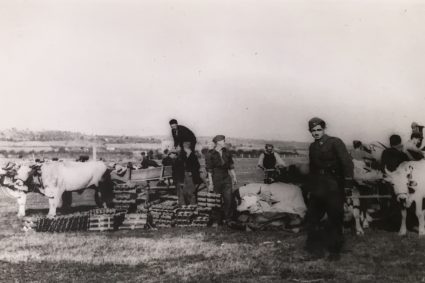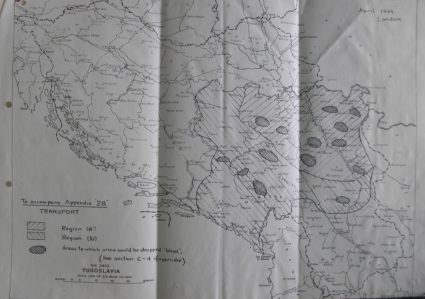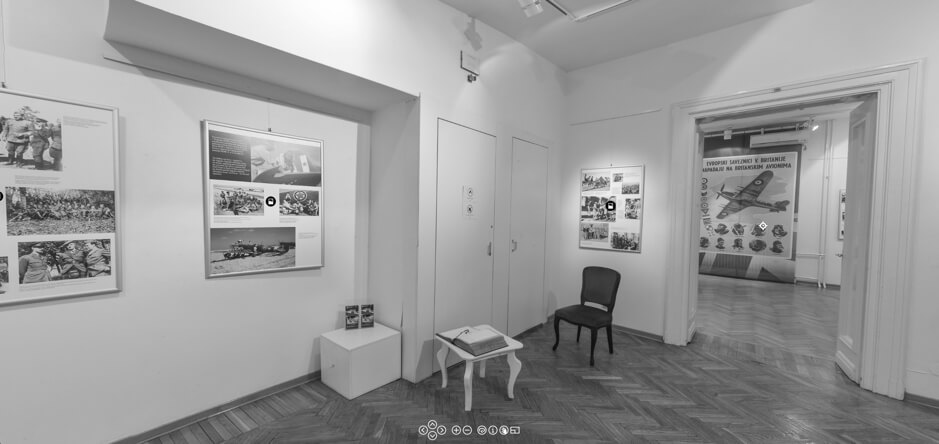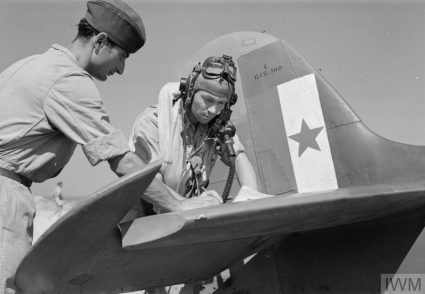
A pilot from the Balkan Air Force (BAF) 352 (Yugoslav) Squadron signs his aircraft serviceability report prior to flight. The BAF was officially created on 7th June 1944. (IWM, London, photographic archive, CNA 3099)
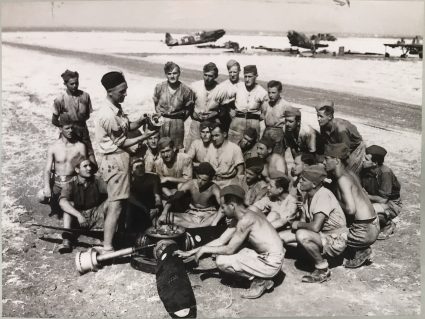
BAF Yugoslav engineers receiving a lesson on propeller maintenance from a Royal Air Force mechanic. (IWM, London, photographic archive, Air Ministry Official Collection)
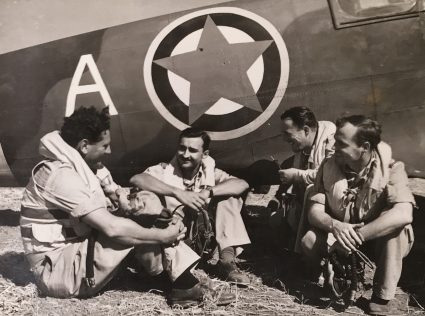
Yugoslav pilots relax before their next mission. During its existence 27 of the squadron’s pilots became casualties. (IWM, London, photographic archive, CNA 3100)
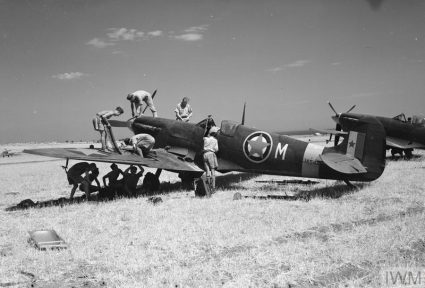
BAF Yugoslav Squadron Spitfire’s. No. 352 (Yugoslav) Squadron carried out 367 combat operations with 1210 takeoffs. (IWM, London, photographic archive, CNA 3096)
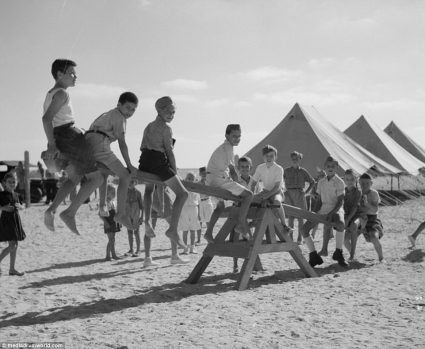
Refugee children at play at the El Shatt United Nations Relief and Rehabilitation Administration's refugee camp set up in Egypt for Yugoslavian refugees. (US Farm Security Administration / Office of War Information, Otto Gilmore Photographic Collection)
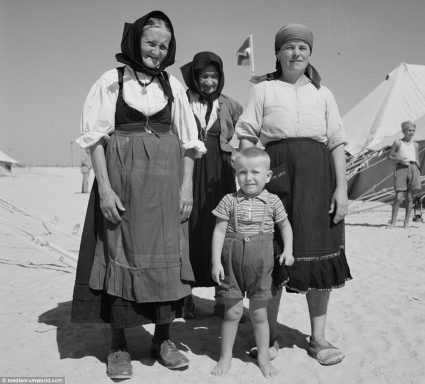
The camp was established by the British in the summer of 1944 to accommodate the large number of civilians who were evacuated from Dalmatia. (US Farm Security Administration / Office of War Information, Otto Gilmore Photographic Collection)
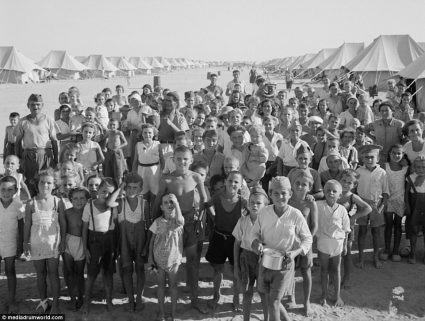
More than 30,000 people lived in the refugee camp for a total of 18 months. During their<br /> time in the camp, there were 300 marriages. Additionally, 650 children were born. (US Farm Security Administration / Office of War Information, Otto Gilmore Photographic Collection)
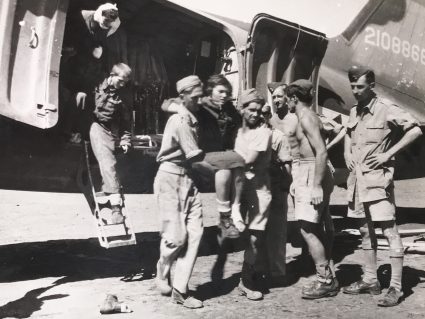
Partisan wounded rescued by the Balkan Air Force being transferred from a RAF C-47 at Bari. (IWM, London, photographic archive, CNA 3095)
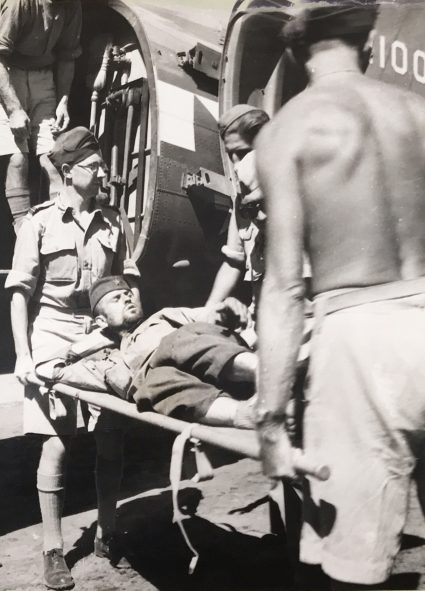
Between May 1944 and the spring of 1945, some 19,000 wounded or sick Partisans and civilians were evacuated from Yugoslavia to Italy by the Balkan Air Force. (IWM, London, photographic archive, CNA 3077)
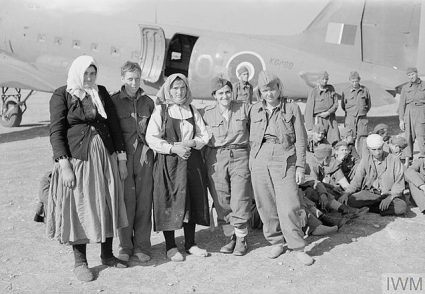
Partisan women after landing in Bari next to a C-47 aircraft. (IWM, London, photographic archive, CNA 3069)
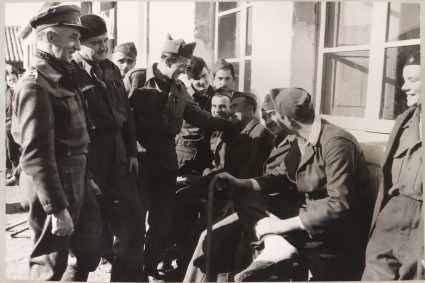
A British medical officer speaks with Partisan wounded in Bari. (IWM, London, photographic archive, IWM, London, photographic archive, CNA 309)
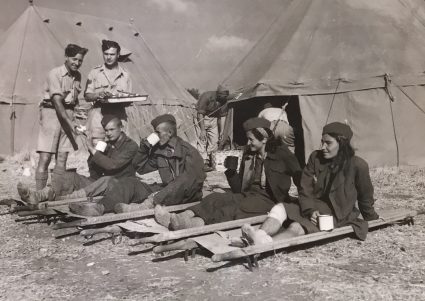
Partisan wounded soldiers with cups of tea. (IWM, London, photographic archive, CNA 3078)
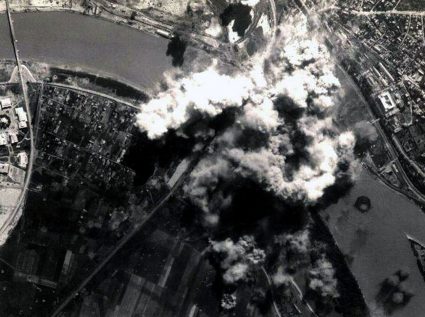
A bridge in Belgrade is bombed in order to hinder the withdrawal of German forces from the City in 1944. (Source Unknown)
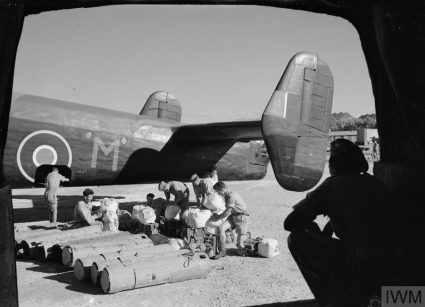
Supply canisters await stowage on-board a Royal Air Force Halifax bomber. (IWM, London, photographic archive, CNA 3138)
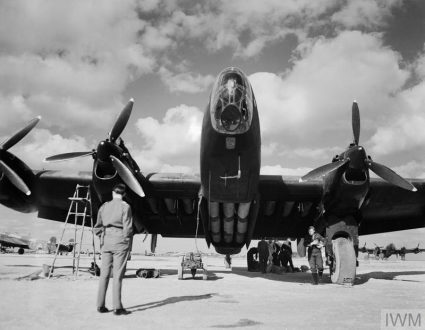
A Halifax bomber laden with canisters full of stores ready for take-off. (IWM, London, photographic archive, CNA 3231)
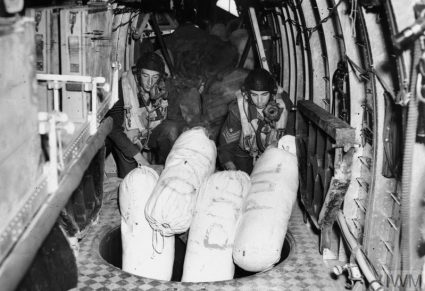
RAF aircrew dropping stores that did not require parachutes. These were often unbreakable items such as uniforms and bandages. (IWM, London, photographic archive, CNA 3235)
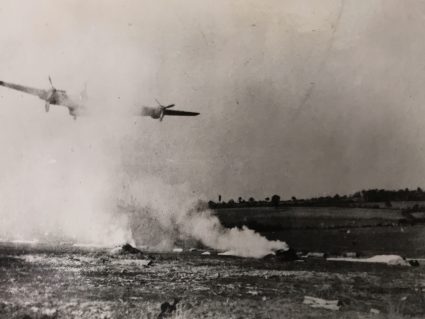
A low-level supply-drop of stores captured on film from the ground. The smoke was made by flares or fires and used to mark the drop zone. (IWM, London, photographic collection, 9507-15)
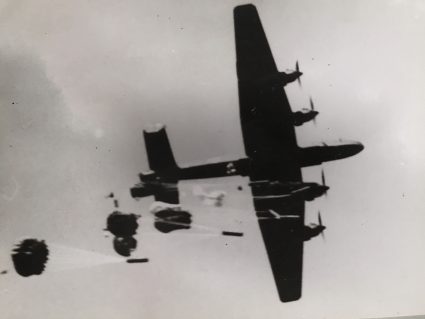
Supplies dropped by parachute from a RAF Halifax bomber as seen from the ground. (IWM, London, photographic archive, CNA 3243)

